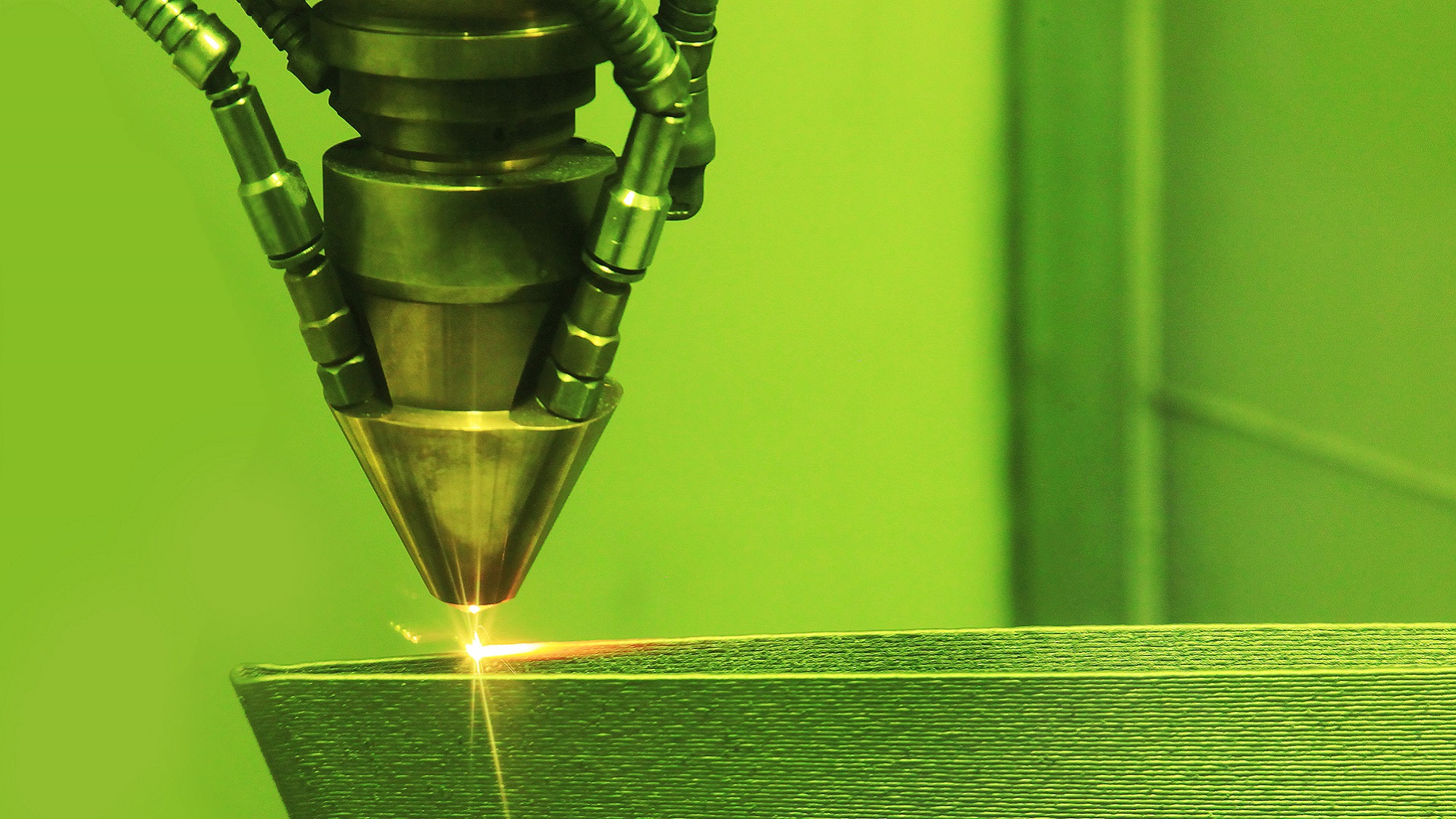Integrating additive manufacturing with AI opens up a world of possibilities for designers and manufacturers. This article will explain the two technologies, how they work, and what applications they can jointly serve in modern production facilities.
Additive Manufacturing Explained
Additive manufacturing, sometimes abbreviated as AM, refers to the use of 3D printing technology in the goods production process. It involves creating a three-dimensional object by adding layers of material on top of each other, rather than subtracting material through cutting or drilling as in traditional manufacturing processes. The material can be plastic, metal, ceramic, or even edible substances like chocolate or dough. This technology allows for complex designs to be created with precision, customization, and speed, eliminating the need for costly tooling and machining. Additive manufacturing is used in various industries, including aerospace, automotive, medical, jewelry, fashion, and consumer goods.
What You Need to Know About Artificial Intelligence
Artificial Intelligence, or AI for short, is a segment of computer science that focuses on the replication of human decision-making capabilities in machines. It combines several disciplines, such as Machine Learning and its subset of Deep Learning, to teach software programs the context of given inputs and enable them to respond with relevant outputs. The ultimate goal is to create systems capable of working on their own, without the intervention of a human.
Artificial Intelligence has a variety of applications, from aerospace and media to entertainment and travel. Where it’s particularly valuable, however, is the manufacturing industry, where producers leverage its capabilities to streamline otherwise repetitive and resource-intensive processes.
Common use cases include:
- Predicting system breakdowns
- Planning timely maintenance
- Defect inspection
- Increasing facility safety
- Optimizing supply and storage space
How Additive Manufacturing and Artificial Intelligence Work Together
Both additive manufacturing and Artificial Intelligence are already promising branches of technology separated. But where things get really exciting is when the two are combined — offering a supercharged degree of value that take possibilities to the next level.
Here’s a look at just some of the ways manufacturers are leveraging the integrated use of additive manufacturing and AI in their operations:
Quality Assurance
Quality assurance is an arduous but necessary part of manufacturing. It’s critical to ensuring the performance of production lines, as well as that of different materials and designs. AI-powered systems can analyze data from sensors within the additive manufacturing process to detect any irregularities or defects as they occur and then rapidly re-print the faulty parts. This results in a more efficient and cost-effective process, ultimately improving the quality of the finished products manufacturers put out into the world.
Design Optimization
Another area where AI and additive manufacturing are combined is in the design process. AI algorithms can analyze large amounts of data to determine which factors impact design the most, enabling designers to optimize designs for different manufacturing methods. The additive manufacturing process can then easily execute the optimized designs, resulting in parts that meet exact design specifications.
Predictive Maintenance
AI algorithms combined with additive manufacturing can automate the process of detecting and repairing machinery faults, enabling predictive maintenance. AI algorithms can also analyze data from sensors on machines, predicting when parts will break so that new parts can be 3D printed and installed. This approach to maintenance reduces downtime and has the potential to improve the efficiency of a factory at large.
Customization
Additionally, the use of AI and additive manufacturing enables manufacturers to create customized products for their customers. AI algorithms can analyze customer data and preferences to create personalized designs, while 3D printing can quickly and easily produce these customized products. This approach to manufacturing allows for greater consumer satisfaction, as well as the ability for manufacturers to adapt to changing consumer trends and demands.
A Closer Look at the Benefits of Integrating Additive Manufacturing With AI
These potential applications are just a few examples of what this duo has going for it. There are a number of additional benefits and rewards to be reaped by combining additive design and AI in manufacturing:
Reduced Waste and Resource Optimization
One of the major advantages of using additive manufacturing is that it generates minimal waste compared to traditional manufacturing. Rather than cutting parts from blocks of material or machining them from larger items, 3D printing technology only expends the material needed to create products themselves. This can be made even more efficient with the help of AI algorithms, which are capable of optimizing designs to use the minimum amount of material necessary while maintaining strength and durability.
Increased Design Freedom
Traditional manufacturing processes often require molds or other tooling to produce parts, which limits the range of shapes and sizes that can be produced economically. With additive manufacturing, however, virtually any shape or structure can be printed layer by layer, allowing for complex geometries and intricate designs that were previously impossible. Further, designers can use AI to create generative designs that are optimized for specific performance criteria, such as strength, weight, or thermal properties.
Streamlined Prototyping and Development
Additive manufacturing already offers significant advantages in prototyping and development, allowing designers to produce physical models of their designs quickly and cheaply. When combined with AI, the prototyping process can be even faster and more efficient. AI algorithms can assist designers in identifying potential design flaws or weaknesses before printing even begins, reducing the materials and time required for iterative testing. Additionally, AI can help identify design features that are difficult or impossible to manufacture using traditional methods, leading to new and innovative designs that were previously unattainable.
The global Artificial Intelligence and advanced machine learning markets are forecast to exceed $471.39 billion in value by 2028. And with all of these game-changing applications and prospective benefits, it’s easy to see why. Manufacturers would be wise to get started with this technology today if they want to reap the rewards tomorrow. As Industry 4.0 continues to emerge, it will only become more essential to make the right investments in the years to come.
Sign up today for a free Essential Membership to Automation Alley to keep your finger on the pulse of digital transformation in Michigan and beyond.
Automation Alley is a World Economic Forum Advanced Manufacturing Hub (AMHUB) for North America and a nonprofit Industry 4.0 knowledge center with a global outlook and a regional focus. We facilitate public-private partnerships by connecting industry, education and government to fuel Michigan's economy.




